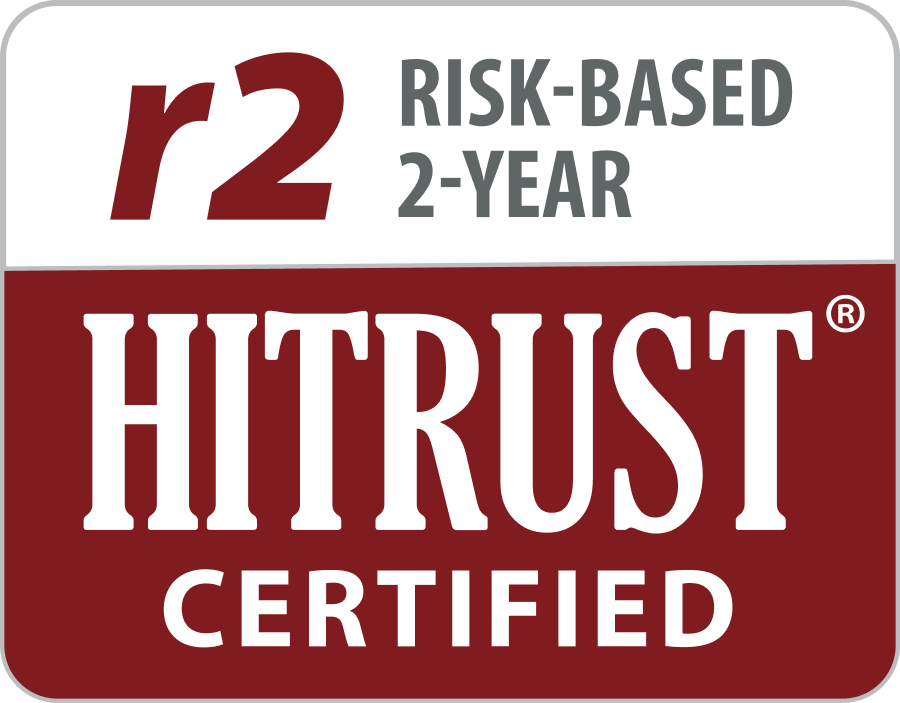In-home care plays an important role within the US healthcare system. When done correctly, an in-home assessment provides a comprehensive overview of a patient’s health status, which is vital to identify potential health risks and can help ensure optimal outcomes for members who are unable to receive care in a clinic or provider’s office.
Recently, scrutiny about Medicare Advantage Organizations (MAO) in-home care usage has come to light in OIG reports and DOJ lawsuits. MAOs are encouraged to incorporate best practices that ensure compliance with regulations and deliver the best patient-centered care and outcomes possible.
Best practices for in-home assessments
- Medication reconciliation is an essential process that helps ensure the accuracy and completeness of a patient’s medication list. This process should involve a thorough review of all prescription and non-prescription medications, including vitamins and supplements. The medication review should include information on each drug’s name, dose, frequency, and route of administration. A proper medication review also ensures that medications are being taken as prescribed and identifies any potential medication-related problems such as drug interactions, side effects or non-adherence.
- An annual wellness exam is an opportunity to assess a patient’s overall health and identify potential risks or health problems. During an in-home assessment, all components of the annual wellness exam, including a health risk assessment, should be completed. The health risk assessment should cover topics such as lifestyle, medical history, family history, and current health status. It’s important to gather this information to identify any potential health risks and develop a plan of care to manage risks.
- Assessing a patient’s home safety is critical to prevent falls and other injuries. During an in-home assessment, it is important to assess the patient’s home environment and identify any safety risks. This assessment should include identifying potential hazards such as loose rugs, electrical cords or unsecured furniture. It’s also important to assess the patient’s need for adaptive equipment or other resources to assist with activities of daily living. Identifying these needs early can help prevent falls and other injuries, and improve the patient’s quality of life.
- Referral to the plan’s disease management or case management programs is a core component of in-home assessments. These programs provide patients with the support they need to manage chronic conditions and prevent complications. During an in-home assessment, it’s important for practitioners to identify patients who would benefit from these programs and refer them to health plan programs. It’s equally important for health plans to have the right processes in place to receive and process the referrals in a timely manner. Referral to these programs can help improve patient outcomes and reduce healthcare costs.
- Providing patients with a summary of their health information allows beneficiaries to understand their health status and plan of care. During an in-home assessment, patients should receive a summary of their diagnoses, medications, scheduled follow-up appointments, plan for care coordination, and contact information for appropriate community resources. This summary should be easy to understand and include information that patients can refer to when they have questions or need to access healthcare services.
- Assistance with scheduling follow-up appointments may be an overlooked component of in-home assessments but is key for member care. This assistance helps patients receive the care they need in a timely manner and helps prevent missed appointments or delays in care. During an in-home assessment, it’s important to work with patients to schedule follow-up appointments with their PCP or appropriate specialist, and ensure that they have access to transportation or other resources to get to appointments.
- Health plans must establish a structured process for patients to receive necessary follow-up care after the in-home assessment visit. This process should involve monitoring and tracking the progress of members, communicating with healthcare providers as needed, and providing ongoing support and education to members and their families. Implementing a systemic process can help prevent complications and ensure that beneficiaries receive appropriate care to manage their health conditions effectively.
- Effective communication among providers is essential in providing high-quality care to patients. During an in-home assessment, it is crucial to share findings with the appropriate plan providers and the patient’s primary care physician (PCP). This communication connects all healthcare providers involved in the patient’s care to make them aware of any potential health risks or concerns and facilitates a synchronized care plan. Communication also helps prevent redundant services and ensures that patients receive appropriate care.
As we enter the second quarter of 2023, it is essential to keep sustained and compliant risk adjustment top of mind. ATTAC Consulting Group has the expertise to keep risk score accuracy at the forefront of your organization. With a pulse on the latest CMS and OIG trends, and the knowledge of where to look, ATTAC is uniquely positioned to aid in your in-home assessment program design and oversight.

